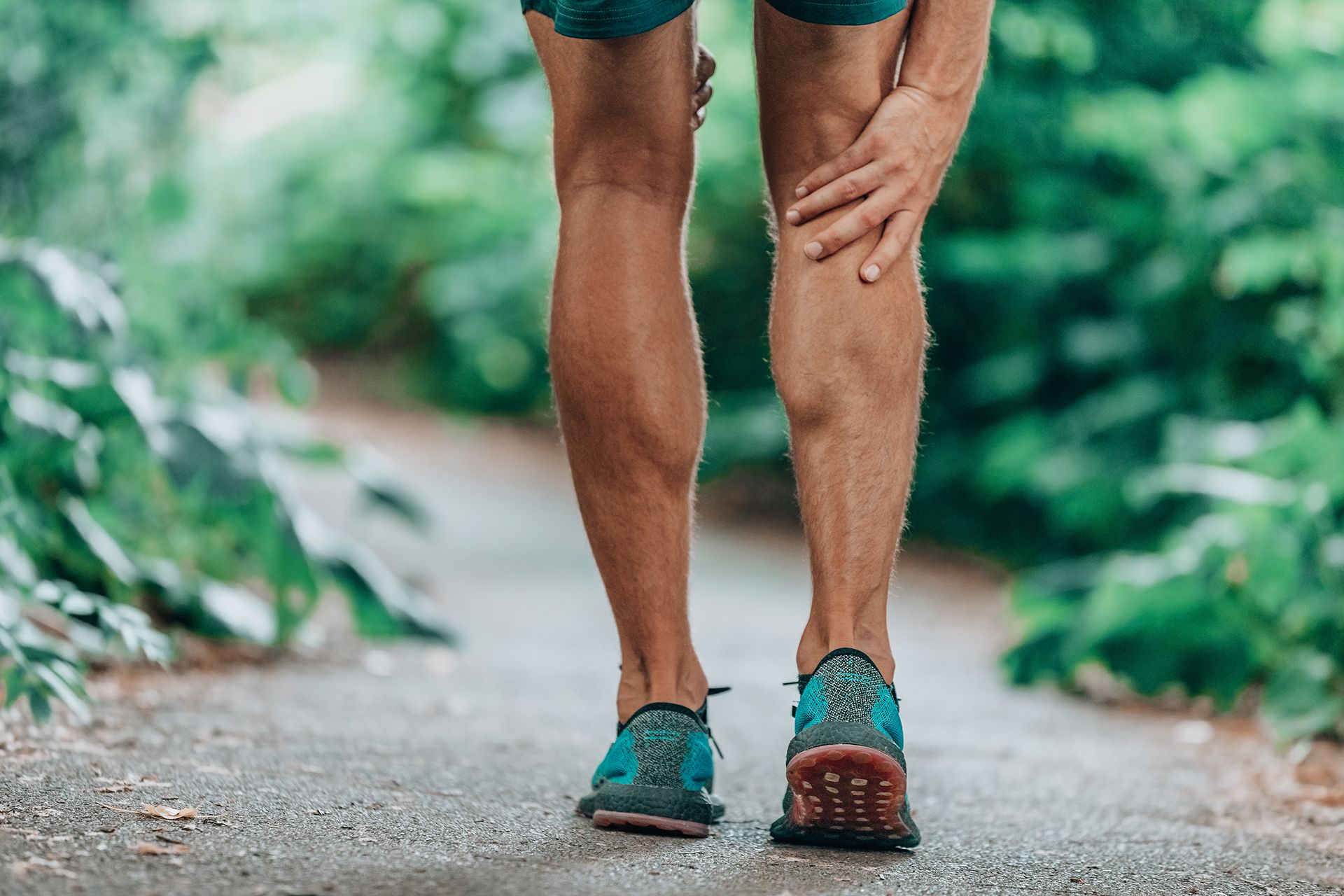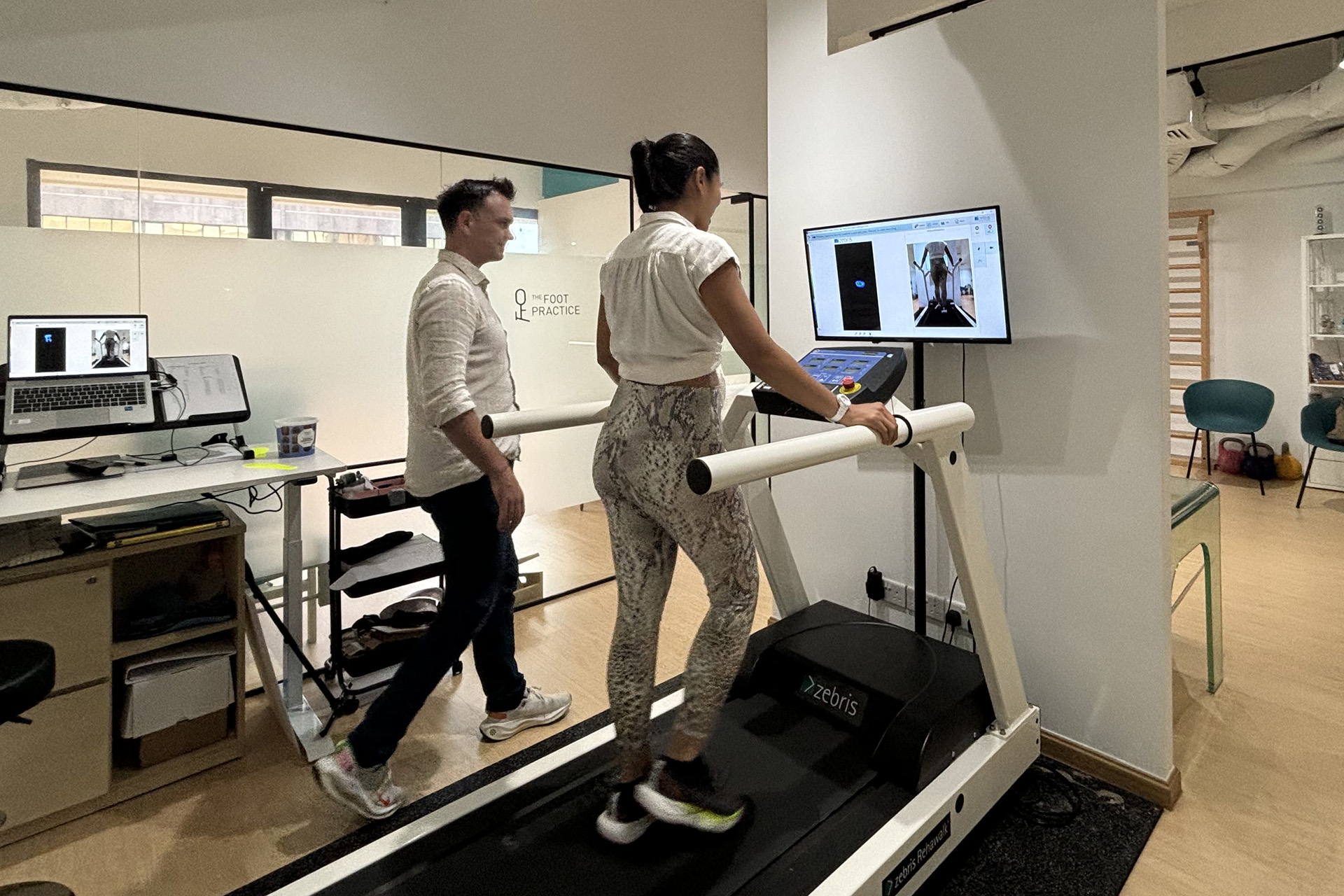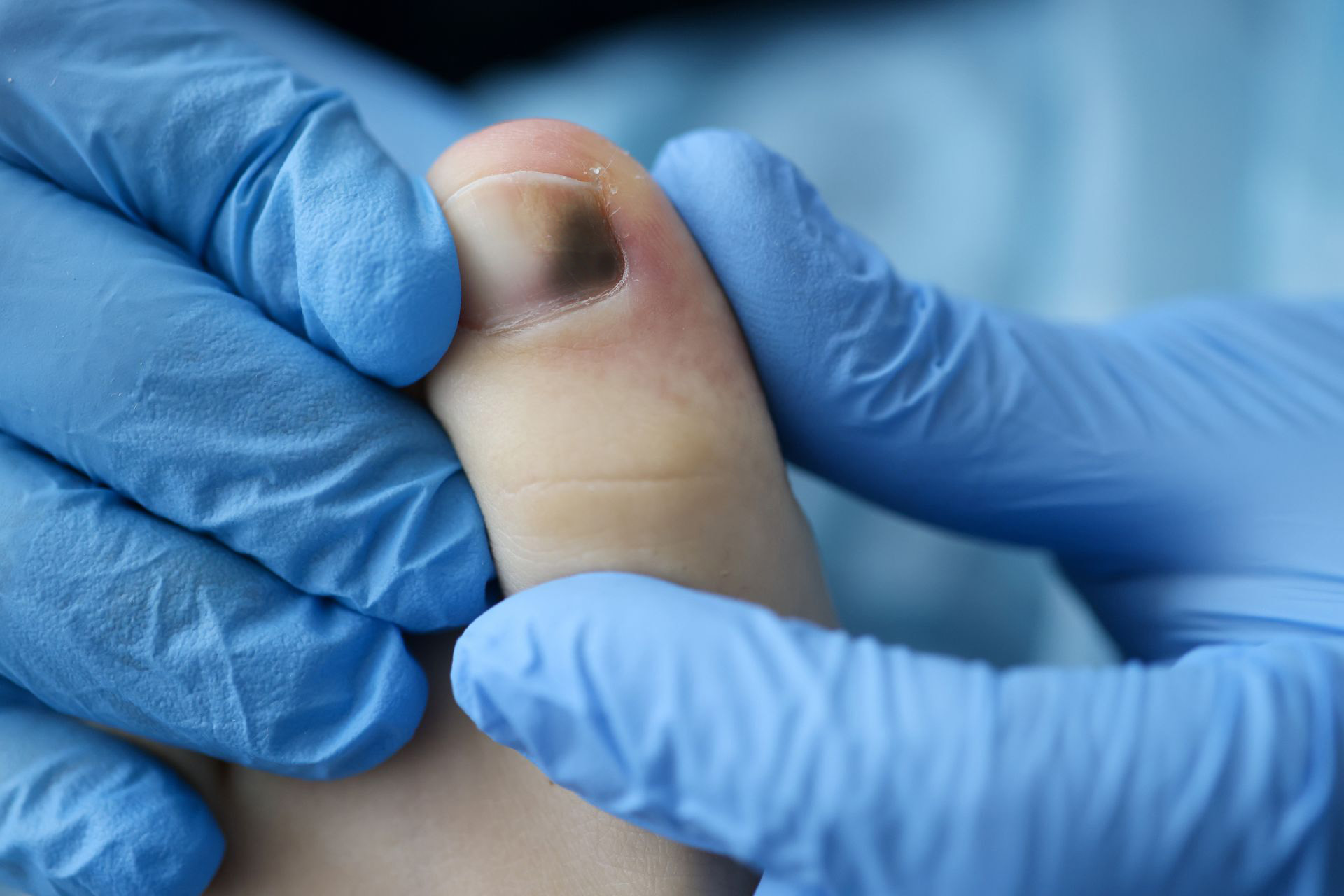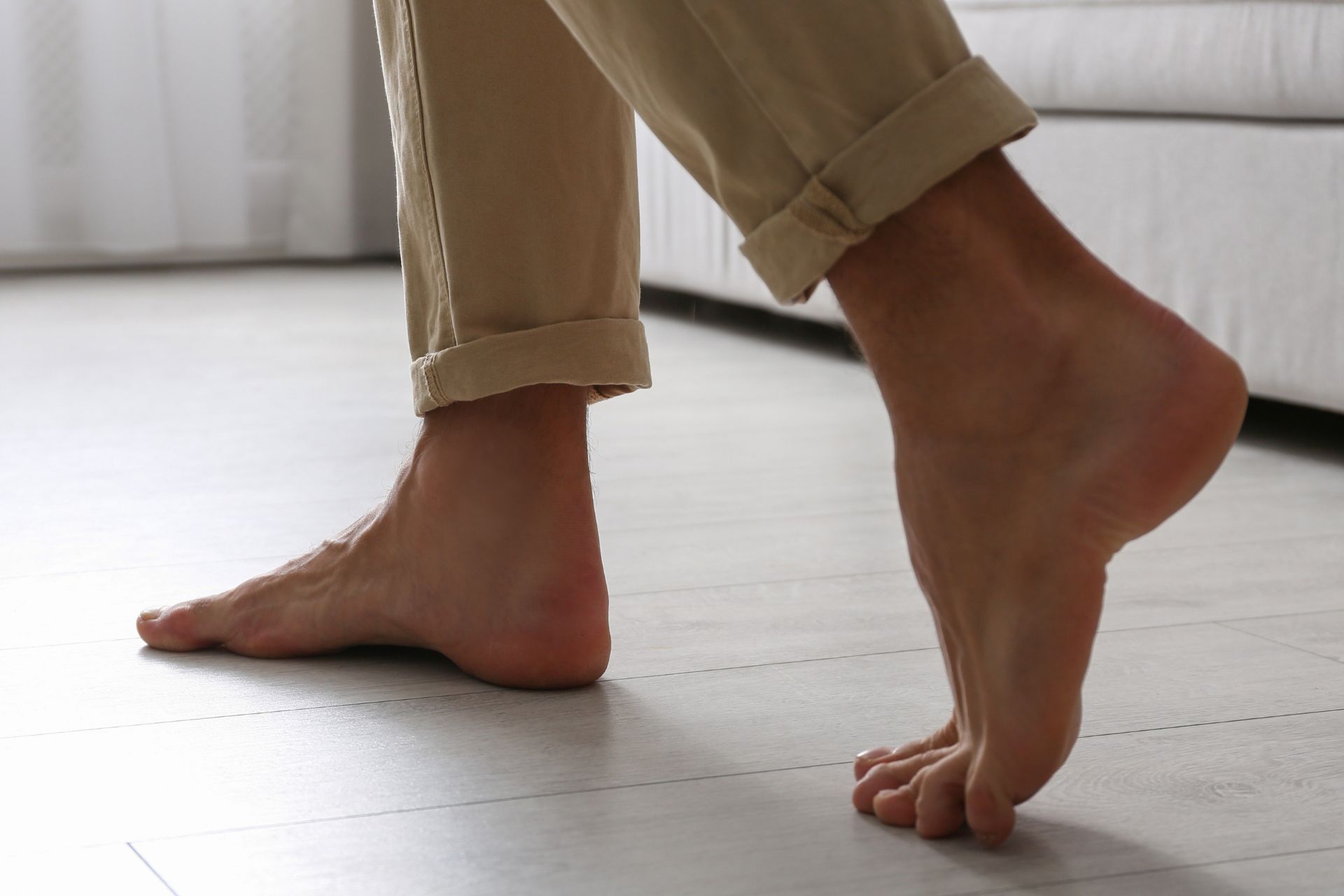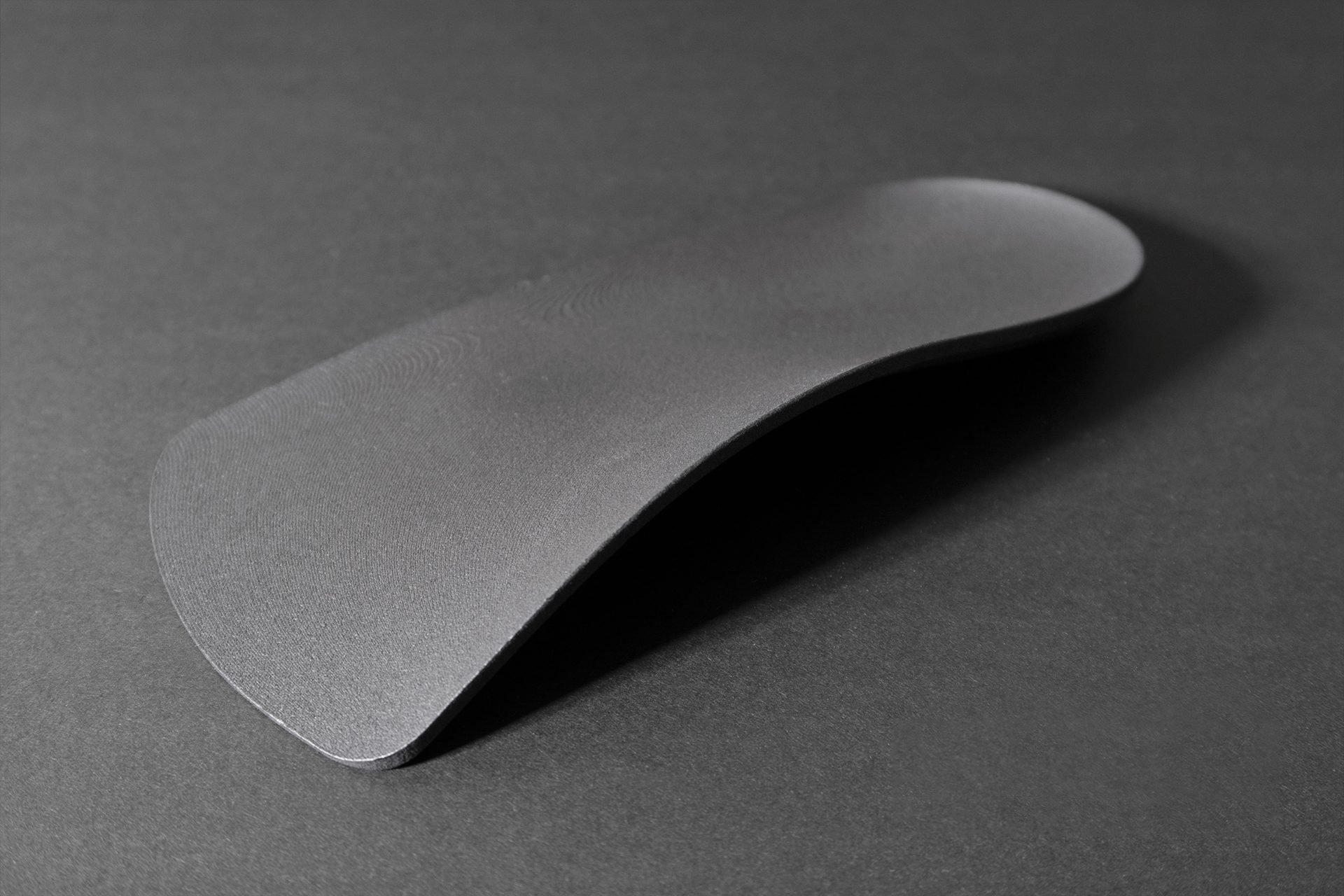By understanding the causes of muscle stiffness, we can address the symptoms and look at treatment plans to alleviate the tightness or pain before the problem becomes more serious.
Causes of Stiff Muscles
Muscle tightness is typically a result of overuse, overtraining, or the opposite – periods of inactivity. The cause of stiffness usually isn’t your muscles at all but your fascia. These are the layers within and between muscles which allow the muscle fibres to flex and glide around each other.
Extended periods of inactivity can result in chronic pain as sedentary periods and a lack of exercise causes muscles to become weaker and smaller. Fascia can contract if they aren’t stretched and worked enough. After a period of inactivity, the fascia starts to seize up and stiffen, making it harder for your muscles to move around. This is why sitting at a desk all day makes you feel stiff and can create discomfort in your neck or back or cause leg pain.
Dehydration can also make the problem worse, because dried-out fascia becomes ‘sticky’, adhering together and preventing the fluidity of movement. This will cause stiffness and pain.
There’s a fine balance to strike – too much physical activity can lead to injuries due to the overuse or strain of the lower limbs. If you put too much pressure on the fascia, they can get twisted and inflamed with repetitive movements that lead to overworked muscles. This is one of the reasons why the body feels sore the day after a hard workout, known as delayed onset muscle soreness or DOMS [1].
Muscle Tightness As We Age
Age-related muscle tightness is due to a variety of causes. Your whole body has less ‘bounce’ – less cartilage in the joints, shorter muscle fibres, and damage to the collagen – all of which keep you flexible [2]. While some increase in stiffness is inevitable as you get older, it’s lifestyle rather than fate which determines how badly you’ll be affected.
You can train your fascia to become more flexible. Flexibility is measured by your range of motion, which is basically how many degrees you can rotate your joint. Interestingly, stiff joints feel like their range of motion is limited, but this isn’t always the case. Often, you can stretch just as far as usual, you just have to grit your teeth a bit to get there. So, although it’s tempting to give up certain exercises because they make you stiff, it’s worth gently persevering to see if the discomfort goes away with time.
There’s research indicating that certain hormones affect the fascia – for example, human growth hormone, oestrogen, and stress hormones like cortisol [3]. It’s been suggested that this is why post-menopausal women tend to become much stiffer, why sudden growth spurts in children usually lead to decreased flexibility, and why anxiety can cause muscle pain. However, the research is still in its early days. It’s not easy to change your hormone levels anyway, so it makes more sense to focus on the physical causes of your muscle tightness.
Note that there’s a difference between normal muscle tightness, and muscle spasticity as a side-effect of other medical conditions. If your stiffness isn’t eased by simple treatments like stretching or mild painkillers, then it should be checked out by an expert as it could be a side-effect of something else – which could be as mild as dehydration, or as serious as lupus.
Muscle Tightness in the Lower Limbs and the Effects on Walking and Running
The human body is a complex system of interconnected muscles and joints that work together in what is called the kinetic chain. Tight muscles in one part of the body can create imbalances elsewhere and affect gait and biomechanical movement.
When muscles are tight, they fail to contract and extend through the full range of joint motion.
Whether it’s your calves, hamstrings, pelvis or hips, understanding the relationship between these muscle groups with other parts of the body can prevent and reduce the risk of injuries. For example:
- Asymmetry of The Pelvis: The misalignment of your pelvis can affect everything from your spine to your hips and feet. It’s been associated with several medical conditions including herniated discs, knee pain, backaches, and more. Tight pelvis symptoms can also lead to what’s known as a “compensated gait,” where the foot hits the ground in an unusual way that typically leads to increased stress on certain joints. This asymmetry of the in the hips can cause one leg to be slightly higher than the other leading to overcompensation elsewhere in the body.
- Tight hips and lower back pain. The muscles in your hips are called the iliopsoas and they connect to both the spine and legs. Tight hip flexors can contribute to lower back pain because your pelvis is attached to the lumbar spine (lower part of your back) by what’s called a sacroiliac joint. If this area becomes misaligned, it not only causes an increase in pressure on that joint but also puts pressure on the surrounding ligaments and what’s called your “symphysis pubis” which is located in front of that joint. If you’re experiencing pain when standing up straight or walking down stairs, then this could be a sign that tight hip flexors are causing lower back problems. These muscles need to be flexible so that you can stand up straight with good posture and walk, run or jump without problems.
- Tight Hamstrings Symptoms. The hamstring muscle group consists of four separate muscles including the biceps femoris long head, biceps femoris short head, semimembranosus, and semitendinosus. Causes of tight hamstrings can lead to lower back pain because they attach the pelvis to the area of the hip bone that you can feel from behind. A tight hamstring muscle can cause pain in your lower back, as well as limit your ability to fully extend your leg and bend forward from the hips. This tightness can also lead to proximal muscle tightness, which induces calf pain.
- What Causes Tight Calf Muscles? Calf muscle tightness is a common problem for people of all ages. It’s easy to understand why this happens since we use our calves so much in everyday life and during exercise. Tight calves are a common cause of lower leg injuries because they increase stress on all of the joints above them in the body’s kinetic chain. With the reduced range of motion, the center of mass may become imbalanced and the ankles may for example compensate resulting in leg deformation and heel pain. Tightness below your knee joint is called proximal muscle tightness. It often leads to pain in this area like shin splints or anterior compartment syndrome (ACS).
- Heel Pain: If you’re suffering from heel pain when you move, the problem may not be plantar fasciitis, which is often misdiagnosed as other conditions like arthritis or gout. While there are many theories about what causes plantar fasciitis, most experts agree that it’s caused by an increase in activity or exercise coupled with tightness in the calf muscles (gastrocnemius) and hamstrings. If you have tight hamstrings, this can put extra stress on your calves which may lead to inflammation and even more pain! One way to relieve tension in your calves is through stretching exercises for the gastrocnemius muscle group as well as the hamstring muscles. One study found that runners who were experiencing chronic heel pain due to plantar fasciitis had significantly tighter gastrocnemius than those without plantar fasciitis [4].
These are a few examples to highlight how imbalances in one area of the body affect another. The Foot Practice’s 3D Gait Analysis can help identify the root cause and impact of body movement to prevent sports injuries, reduce pain as we age, or simply help you move better. Empirical evidence is collected through infrared cameras and sensors displaying a three-dimensional skeletal model of your walking and running gait in real time. The objective data is analysed by our expert podiatrists to pinpoint the exact cause of a condition. Thereafter, we work together with you to develop an effective treatment plan to help you simply walk pain-free or retrain your running gait to improve performance.
Sources
[1] Gibson, W., Arendt-Nielsen, L., Taguchi, T. et al. Increased pain from muscle fascia following eccentric exercise: animal and human findings. Exp Brain Res 194, 299 (2009). https://doi.org/10.1007/s00221-008-1699-8
[2] Barros EM, Rodrigues CJ, Rodrigues NR, Oliveira RP, Barros TE, Rodrigues AJ Jr. Aging of the elastic and collagen fibres in the human cervical interspinous ligaments. Spine J. 2002 Jan-Feb;2(1):57-62. doi: 10.1016/s1529-9430(01)00167-x. PMID: 14588289. https://pubmed.ncbi.nlm.nih.gov/14588289/
[3] Kim, K., Park, S., Goo, B. O., & Choi, S. C. (2014). Effect of Self-myofascial Release on Reduction of Physical Stress: A Pilot Study. Journal of Physical Therapy Science, 26(11), 1779–1781. https://doi.org/10.1589/jpts.26.1779
[4] Zhou, JP., Yu, JF., Feng, YN. et al. Modulation in the elastic properties of gastrocnemius muscle heads in individuals with plantar fasciitis and its relationship with pain. Sci Rep 10, 2770 (2020). https://doi.org/10.1038/s41598-020-59715-8

